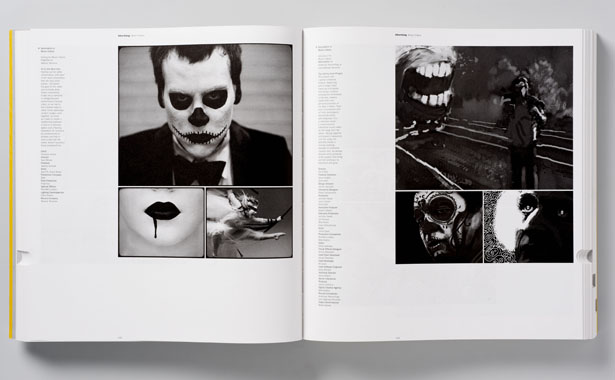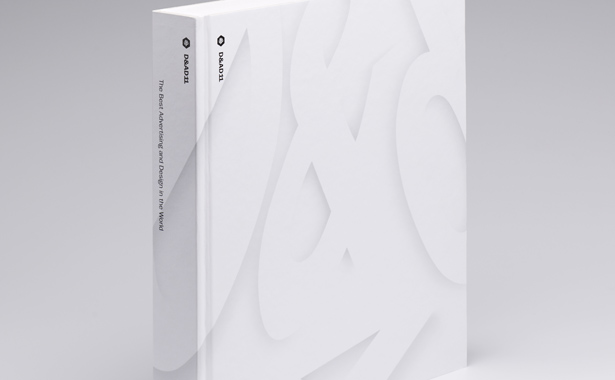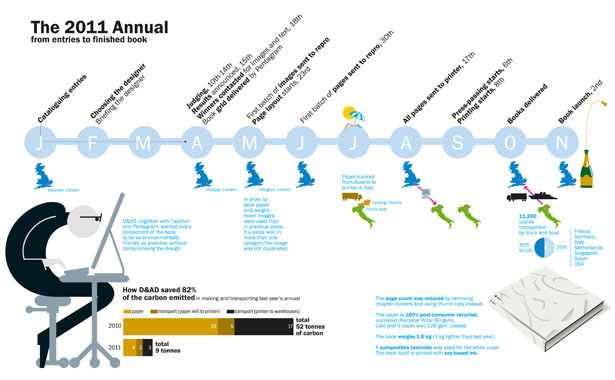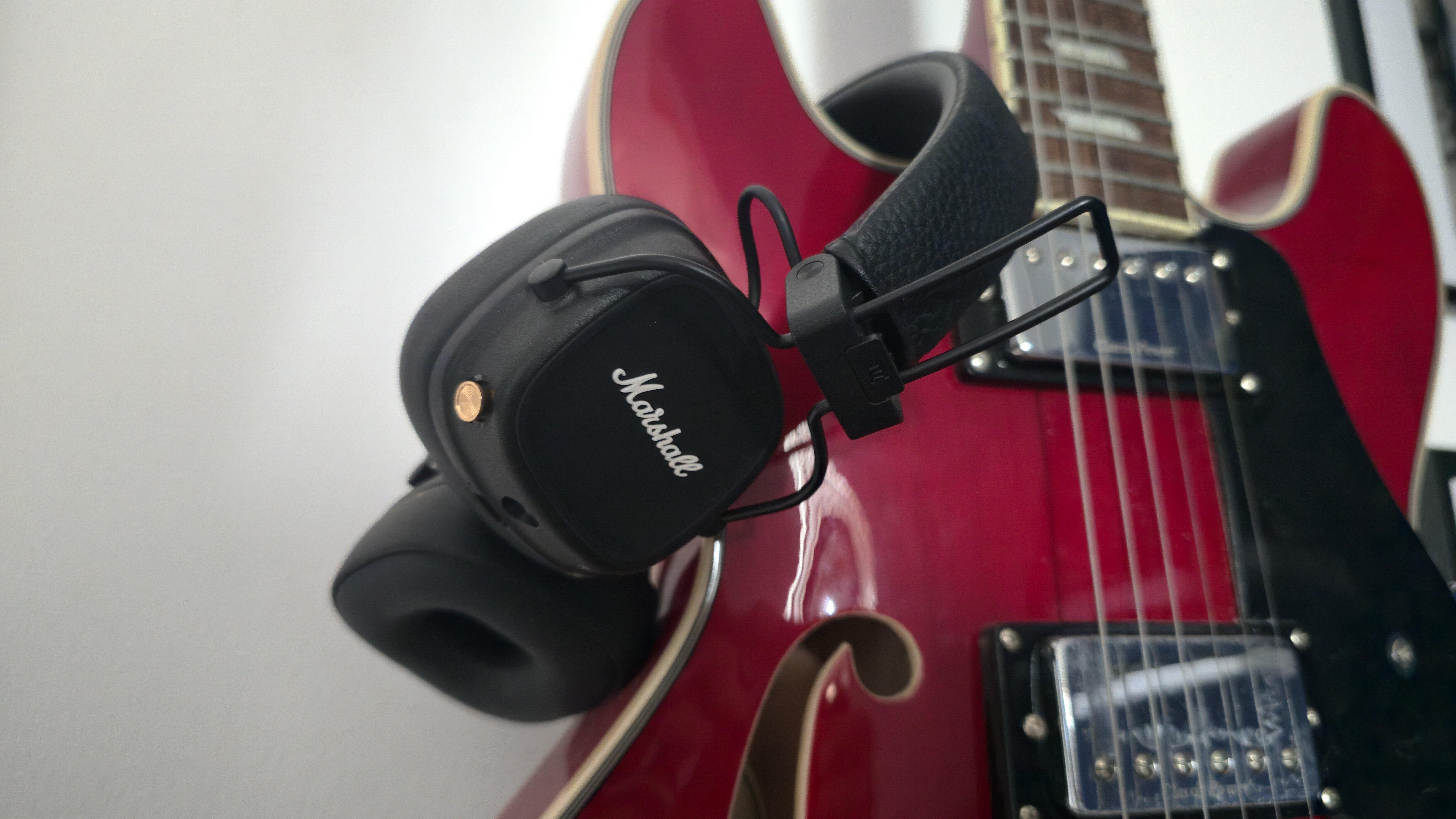D&AD Annual 2011 goes green
The 49th D&AD Annual is with us -- and it's the the most sustainable version yet. Airside's Nat Hunter explained how this achieved at the book's launch party in London last night
Now in it's 49th year, the D&AD Annual is a celebration of the best work in the design, advertising and creative industries over the last 12 months, but this year's version is arguably it's most important.
The aim from the outset was to come up with a whole new -- and environmentally conscious -- way of mass publishing can be emulated and improved on in future years. The hope is that creatives and design agencies will also embrace a more sustainable way of doing things with their own projects -- something that could have a beneficial impact on us all.
The D&AD Annual 2011 is the brainchild of D&AD president and AllofUs founder Sanky, Airside creative director Nat Hunter and Pentagram graphic designer Harry Pearce. The result is an annual with an 82 percent lower carbon footprint than the 2010 edition -- and a sustainable model for the future.

D&AD Annual 2011: embracing sustainability
At the launch event at D&AD's new East London headquarters last night, Nat Hunter -- who is also director of Three Trees Don't Make A Forest -- explained the thinking behind the D&AD Annual 2011:
"The first thing we did we asked whether we should make an Annual. That’s the really big question that no-one had ever ever really asked: should we be making an Annual in this day and age?
"One of the obvious possibilities was to make it digital. People think that digital means that it doesn’t take any resources, that it doesn’t use any energy. In fact, when we looked into it, there are two issues with digital: one is longevity of data, so if you looked at the D&AD website in 2001 -- 10 years ago -- it would be pretty shonky, pretty rubbish. If you looked at any of my websites from 10 years ago they’d look pretty rubbish.
Get the Creative Bloq Newsletter
Daily design news, reviews, how-tos and more, as picked by the editors.
"If we made an iPad app now for the Annual in 10-20 years time it would be so outdated -- we’ll be looking at holographic apps or something by then, it’ll be completely different.
"So keeping that data alive for decades was one issue -- and the Annual is something that tends to be alive for a long time; people have kept all 49 Annuals and then traded them for lots of money on eBay, so we knew it would be something that would sit on people’s shelves and be valued for a long time.
"The second issue with digital data is that you’ve got to keep it on a server somewhere and that server using electricity and every time someone downloads it or accesses it, it uses large amounts of energy. So, actually, when you do the figures a good old-fashioned book comes really off the wire, so we decided to make a book.

D&AD Annual 2011: building the book
"Once we decided to make a book, we got really forensic about every single detail. The main issues were the paper, the energy used and the transport: what kind of paper should we use? Why? What’s the balance? You don’t want to make a book that’s too flimsy, you still want a book that feels gorgeous, that feels like people will keep it for decades…
"The result is that [the D&AD Annual 2011] is a kilogram lighter than last year. If you buy an Annual tonight, take it home and compare it to last year's, it’s the same size, it sits on the shelf in the same way as last year’s Annual, but it’s a whole kilogram lighter. That was one of our main intentions. We used 40 per cent less paper in the process.
"The carbon dioxide emissions – technical – are 82 percent less than last year’s Annual. In essence, how we’ve done it is we’ve changed the location of the fabrication from China to Europe and instead of using trees to make the paper, we’ve used post-consumer waste -- paper that we thrown in the bin and recycled – to make the paper.
We made it in Austria, where about 70 percent of their energy is from hydro power. The paper is from Austria and the printing in Trento, Italy uses completely different processes from what they use in China.
"I think the main thing is that it’s a really beautiful book. I think that sustainability is seen as something of a hair shirt: ‘Oh god, we’ve got to make it sustainable, it’s going to be really horrible.’ But when you look at the book I think you’ll agree that we’ve made something that is using way fewer resources, but still maintains the integrity of what we’re trying to do."

5 important facts about the D&AD Annual 2011
- The Annual's 400 pages are printed on 80gsm recycled, uncoated paper.
- The cover is made from 100% recycled board, covered in FSC-approved paper and laminated with a cellulose finish.
- By knocking nearly one kilogram off the Annual's weight, D&AD drove down shipping costs and its carbon footprint. Moving production from China to Italy and Austria also had an enormous impact.
- The Annual is printed using vegetable-based inks. This reduces run-off into waterways from the chemicals that are usually used to produce printer's inks.
- CO2 emissions for this year's Annual are 0.8kg, compared to 4.3kg for the 2010 version.
The D&AD Annual 2011 is published by Taschen and costs £34.99.

Thank you for reading 5 articles this month* Join now for unlimited access
Enjoy your first month for just £1 / $1 / €1
*Read 5 free articles per month without a subscription

Join now for unlimited access
Try first month for just £1 / $1 / €1

The Creative Bloq team is made up of a group of art and design enthusiasts, and has changed and evolved since Creative Bloq began back in 2012. The current website team consists of eight full-time members of staff: Editor Georgia Coggan, Deputy Editor Rosie Hilder, Ecommerce Editor Beren Neale, Senior News Editor Daniel Piper, Editor, Digital Art and 3D Ian Dean, Tech Reviews Editor Erlingur Einarsson, Ecommerce Writer Beth Nicholls and Staff Writer Natalie Fear, as well as a roster of freelancers from around the world. The ImagineFX magazine team also pitch in, ensuring that content from leading digital art publication ImagineFX is represented on Creative Bloq.
